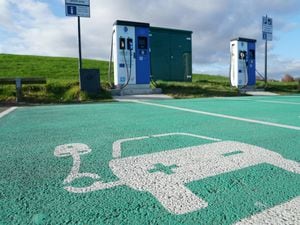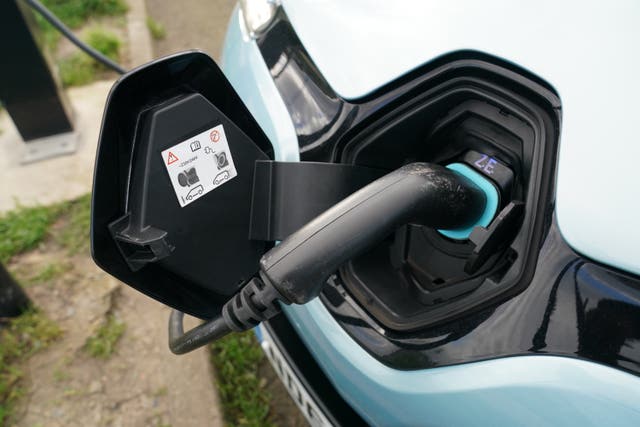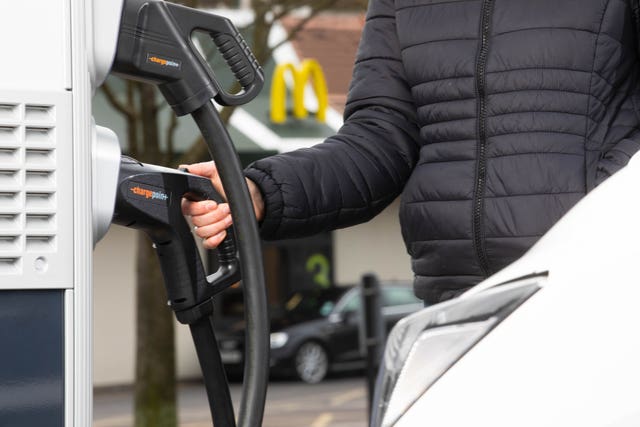The key things to know about EVs
The electric car world can be a bewildering one – but here we’ve covered some of the key areas you need to know about.

The electric vehicle segment is expanding at a rapid pace. Nearly every manufacturer is producing – or at least developing – their own EVs in order to stay competitive. It means that, as time passes, more and more electric vehicles are hitting the market.
However, along with them has come a whole new set of terminology. We’ve picked out some of the keywords that you need to know – and just what they mean, too.
EV/BEV

You might see EV and BEV used interchangeably and that’s because, essentially, they mean the same thing. EV – or electric vehicle – is simply a shorter way of saying BEV, or battery electric vehicle.
All electric cars require a battery in order to move, so essentially all EVs are BEVs.
Charging

>
Charging is a crucial aspect of the whole electric vehicle experience. It’s what gives energy to these vehicles and is the only way that you’ll be able to use them. With infrastructure growing across the UK, charging locations are becoming more plentiful and they’re quicker at charging EVs, too.
You can also charge at home via a domestic wallbox. True, you can charge a vehicle via a three-pin plug, but it’s slow and simply not as effective as when charging with a home wallbox or a public charger.
Range

>
The term range is quite a straightforward one – it’s how far you’ll be able to drive between charges. Many current EVs deliver more than 200 miles from a single charge – and a few have achieved the 300 mark – and ranges are only set to get longer as the technology improves, too.
If you’re in the market for an EV, then range is a key consideration. Think about how far you usually travel each week. For most people, around 200 miles is more than enough for a week’s worth of driving.
Hybrid

>
A hybrid takes a conventional petrol – or sometimes diesel – engine and combines it with an electric motor and batteries to help bring better efficiency and lower emissions. Cars such as the Mitsubishi Outlander pioneered this technology, though in more recent years hybrids have managed to bring even better consumption figures.
Now, hybrids can often deliver decent electric ranges of typically around 30 miles, giving them added appeal for those who often drive around urban areas where lower emissions are required.
Motor
An EV’s motor can be seen, effectively, as its engine. Much like a regular combustion engine, electric motors have a power output – often measured in kW – which dictates how much performance it can deliver.
If you’re after a quick EV, then look for a motor with a higher output.
Electrification

>
Electrification is a much-used term at the moment. It doesn’t refer to just electric vehicles exclusively, either, as hybrids technically fall under the banner of ‘electrification’.
When a manufacturer ‘electrifies’ its vehicles, it’s often referring to some sort of electrical assistance. This could even be a mild-hybrid system, which uses a small battery and motor to assist the main engine.
Battery
You should look at an EV’s battery in the same way as a conventional car’s fuel tank. The larger the battery – measured in kWh – the more charge it can take and, as a result, the more miles the car will be able to travel.
However, in just the same vein as a fuel tank, the larger a battery is then the more time it’ll take to fill up. Without access to rapid charging, replenishing the energy in larger batteries could take quite some time.





